- Your benefits as a Premium Member
10% off items
Free shipping from €20.00
- Help & Contact

The causes of dry skin and what you can do to prevent it
Dry skin isn’t just extremely annoying, it can also negative impacts on your well-being and everyday life. That’s why it’s so important to take proper care of dry areas of skin by replenishing lost moisture and lipids. We'll show you how to recognise the signs of dry skin, explain the causes, tell you how to look after your dry skin properly and which make-up is best to achieve a radiant, fresh complexion at any time of the year and at any age.
21 June 2024
Table of contents
Recognising signs of dry skin
Dry, undernourished skin cannot to perform its natural barrier function. The first signs of dry skin are an unpleasant feeling of tightness on the face and other parts of the body – often accompanied by mild to severe itching or a burning sensation. The skin surface feels rough, tends to be scaly and can even visually resemble snakeskin.
Small fissuresand a loss of elasticity can cause unsightly skin and painful inflammation – sometimes even eczema. Dermatologists refer to “dry skin” as xerosis and differentiate between the following grades of severity:
- Dry or dehydrated skin: often a temporary condition, accompanied by sensations of tightness and a tendency to slight flaking
- Very dry skin: pronounced sensation of tightness, accompanied by severe flaking and the development of small fissures on the skin
- Pre-atopic xerosis: clearly visible dry patches due to the skin being irritated that are noticeably rough to the touch
Causes of dry skin
There are many different causes of dry skin. External influences – such as exposure to strong UV radiation from the sun, cold, dry air, too frequent washing or the use of aggressive soaps and shower gels – can cause the skin to dry out. Sporty people take a lot of showers, which is why they tend to have dry skin. Swimming in salt and chlorinated water is another activity that promotes dry skin.
Some people have a genetic predisposition to dry skin. Others develop dry skin with progressive age due to the reduced function of their sweat and sebaceous glands and slower cell renewal rate. As we age, our epidermis gets thinner, except for the outermost layer of dead cells, which gets thicker. These are natural processes.
Hormonal changes and excessive stress can also lead to dry skin – often accompanied by persistent itching, which can cause psychological stress and have a negative impact on our quality of sleep and ability to concentrate.
Once you know the underlying factors causing dry skin, you can avoid them and maybe even eliminate them entirely.
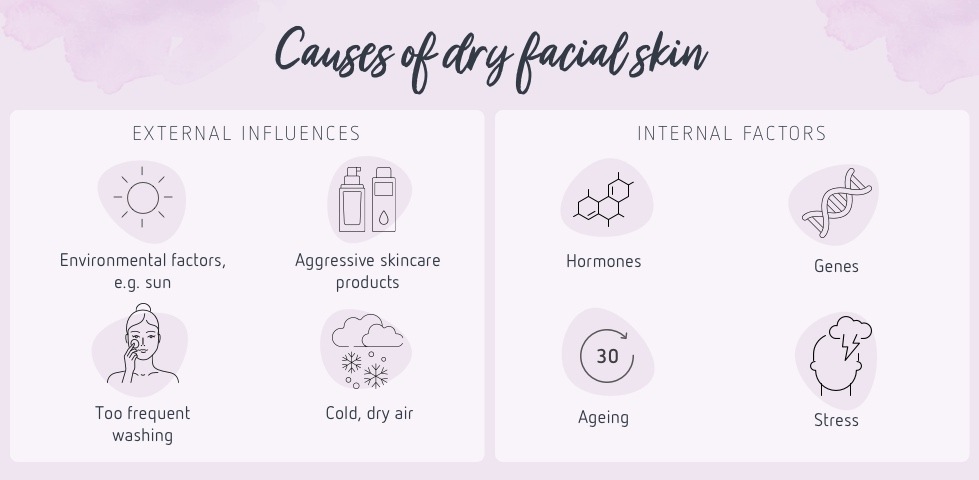
Differences between dry skin and dehydrated skin
Dry skin or xerosis is easily confused with dehydrated skin, which mainly occurs in winter as a result of dry and cold outdoor air or dry centrally-heated indoor air.
- Dry to very dry skin as a skin type: a permanent condition. The facial and body skin feels tight, and it also has a fine texture with, reddened and rough patches due to a lack of moisture and lipids
- Dehydrated skin: a temporary condition caused by excessive water loss and the skin’s inability to retain moisture
Dehydrated skin can occur in any skin type – such as combination skin and oily skin – and at any age. It’s important to act immediately at the first signs of dehydrated skin and rehydrate the affected areas with high-quality moisturising creams and lotions.
Tip
If you’re unsure whether you have a dry skin type or just dehydrated skin, or if your symptoms are particularly severe, you should visit a dermatological practice for a professional diagnosis.
Dry skin as a symptom of certain skin conditions
Dry skin with obvious redness, irritation and inflammation could be a symptom of a skin condition that requires dermatological intervention and special treatment. The most frequent skin conditions include:
Neurodermatitis
This is a chronic, episodic skin disease that is not contagious. In most cases it is triggered by the immune system reacting hypersensitively to allergens such as pollen, animal hair, food or house dust mites. It is estimated that up to 15 percent of the population suffer from neurodermatitis and it occurs in all age groups, from infants to senior adults.
Typical therapy involves the intense hydration of dry and reddened skin and the avoidance of irritating skincare products. Cooling compresses and cold showers as well as relaxation techniques – particularly progressive muscle relaxation and autogenic training – can help people to cope with the often extremely severe itching associated with neurodermatitis. Acupuncture can also relieve itching and prevent the skin being damaged by scratching, which allows bacteria in. Your dermatologist will prescribe the external and internal medications that are best for you.
Rosacea
Rosacea is a chronic inflammatory disorder characterised by facial flushing, especially on the nose and cheeks, visible dilated blood vessels, inflammatory lesions and pustules. In some cases rosacea can be associated with excess tissue growth – predominantly in the nose area – which causes the affected skin areas to thicken and the pores to become enlarged. Burning, itchy, reddened and light-sensitive eyes that are susceptible to inflammation are another symptom.
Like neurodermatitis, rosacea is an episodic condition that it is often hereditary. It can be triggered by intense heat and cold, UV light, stress, an unhealthy diet and nicotine. Women are more frequently affected than men. In the majority of people, the first breakout occurs between the ages of 30 and 50. People affected by rosacea have to focus on effective skin cleansing, gentle skin care and adequate sunscreen.
Periorial dermatitis
This form of dermatitis is an inflammatory skin rash that mainly occurs around the mouth (periorial), but can also affect other parts of the face. Periorial dermatitis predominantly affects women between the ages of 16 and 45. The trigger for periorial dermatitis is not known, but it is thought to be linked to excessive use of cosmetics or the use of skincare and make-up products that not suitable for the skin type. Stress, hormonal imbalances and UV light are also suspected to favour the occurrence of inflammatory skin rashes. Unsuitable moisturisers can actually exacerbate the burning sensation or skin tightness and irritation associated with periorial dermatitis.
When symptoms occur, it’s important to take a zero therapy approach, which means stop using all cosmetic products and wait for a few weeks to see whether the symptoms subside disappear. In severe cases it is essential to consult a dermatologist about a suitable therapy.
Dry facial skin: different skin types
People with different skin types – including combination skin – can suffer from dry facial skin. It’s important to know your own skin type so you can curate the perfect mix of skincare products and provide your skin with all the active ingredients it needs.
Dry oily skin
Contrary to expectations, dry oily skin feels rather rough and sometimes even flaky, despite having an oily sheen. This is caused by an imbalance between the skin’s fat and moisture content. Clearly visible enlarged pores, blackheads, whiteheads and redness are typical for dry and oily skin.
Dry and sensitive skin
With a visibly rough and cracked appearance, dry skin is also often sensitive and prone to tightness, itching, burning, tingling and redness. As a result of its skin barrier disorder, caused by a lack of lipids and moisture-binding substances, the skin’s is unable to protect itself and it is more susceptible to the negative impacts of environmental factors, fragrances, preservatives and colourants.
What can be done about dry facial skin? - Everyday skin care
To make dry skin supple again it is necessary to restore the moisture balance and prevent further moisture loss. Products that replenish lipids and moisturise – such as creams, balms, gels, lotions and moisturising masks – provide the nourishment that dry skin needs and beautify your complexion. Urea is an excellent moisture-binding substance that helps the skin to retain moisture and the damaged skin barrier to regenerate. Once the skin's natural protective function is restored, your complexion looks healthy and your skin regains elasticity. Annoying sensations of tightness, itching and burning disappear.
Skincare products containing urea are also suitable for moisturising areas of the body with fewer sebaceous glands that tend to be dry – such as shins, hands, feet and elbows.
Beware!
If you only use skin oils to treat dry skin you are not hydrating it, and the skin may lose additional moisture.
Care products with urea
The ideal skincare routine for dry skin
If your skin is dry, make sure you have a meticulous bedtime cleansing routine that removes all sweat, skin flakes, dirt, micro-organisms and make-up. When bathing and showering, the water should not be too hot and the bathing or showering time should be kept as short as possible – even if you’d prefer to linger.
Dry skin reacts sensitively to irritating active ingredients. Make sure you choose mild, skin-friendly care products – without alcohol, fragrances, essential oils and perfume that are specially formulated to meet the needs of dry skin. You should also avoid applying physical exfoliants with salt and sugar crystals to dry areas of skin, because they will irritate it. It’s better to use a mild chemical peel – e.g. with the active ingredient of salicylic acid – because it will gently remove dead skin cells and have an anti-inflammatory effect. Lactic acid peels and polyhydroxy acid peels also strengthen the skin’s barrier and increase its moisture levels.
PH-neutral, anti-inflammatory skincare products are ideal for after cleansing because their light textures make them easy to apply to dry areas of skin.
- Night cream: indispensable for the regeneration and intensive care of the skin, delivering nourishing and moisturising active ingredients during the important sleep phase
- Serum: contains concentrated moisturising and skin-strengthening active ingredients and is quickly absorbed into the uppermost layers of the skin
- Face cream: moisturises, protects against external environmental influences and soothes the skin; antioxidant active ingredients improve the skin’s resilience
- Eye cream: high-quality ingredients alleviate dryness lines and signs of fatigue caused by dry skin under the eyes
Tip
You can tell whether a cream, serum, gel, balm, face mask or lotion moisturises dry skin sufficiently by the fact that you experience lengthy periods when the skin no longer feels tight when you’ve applied them.
Cleansing
Serum
Face cream
Night cream
Make-up for dry skin
To avoid any additional irritation of dry skin, make sure you use a moisturising day cream and a moisturising primer before applying make up to fix the make-up in place, and also use moisturising, waterproof make-up. This ensures that you don’t cause more irritation to the skin by having to reapply your make-up several times a day. Make-up products with natural ingredients in cream, gel and fluid form – e.g. a liquid foundation – are ideal. They are especially gentle on dry, irritated skin.
Make-up for dry skin
Conclusion
Dry skin is a skin type that requires a lot of care and attention, as well as gentle pH-neutral products that provide it with sufficient lipids and moisture. Temporarily dehydrated skin is easily managed with high-quality skincare products containing moisturising ingredients. It’s important to thoroughly cleanse the skin every day and protect it against UV rays to avoid inflammatory reactions. Skincare and make-up products for dry skin should never contain alcohol, fragrances, essential oils or perfume. With a consistent skincare routine and the right skincare products for your dry skin, your complexion will look radiant, fresh and nourished.


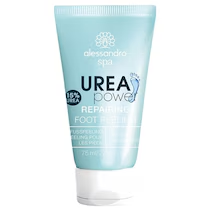



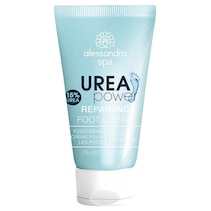
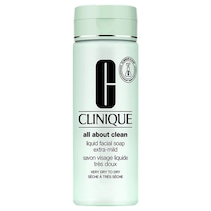
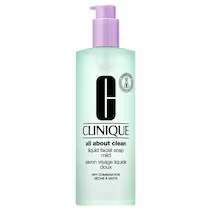

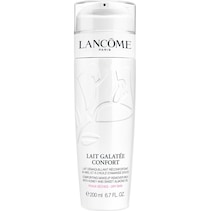
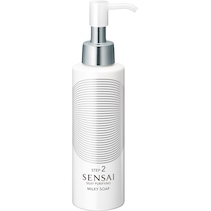
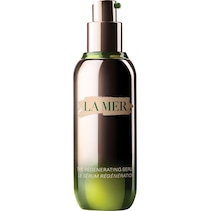
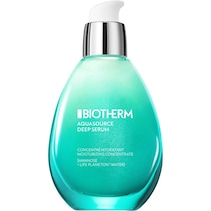
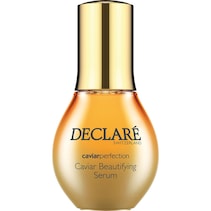
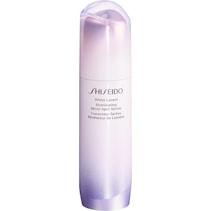
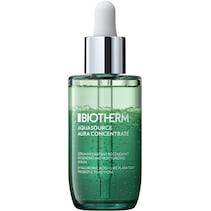
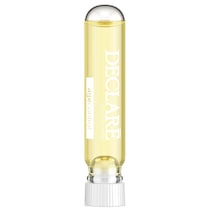

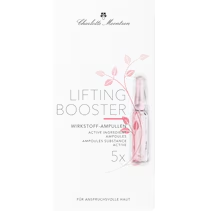
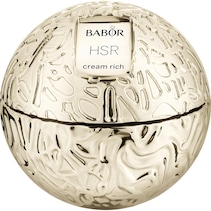
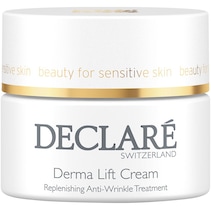

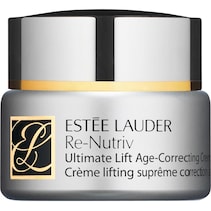
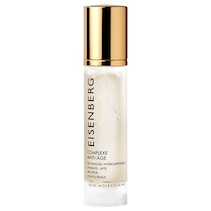
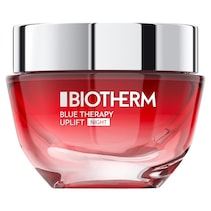
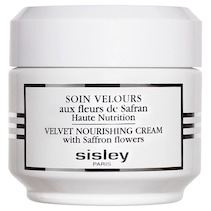

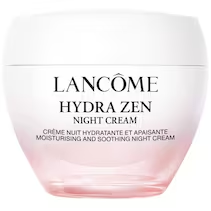
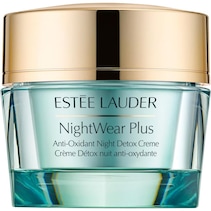

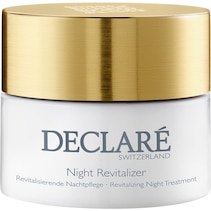
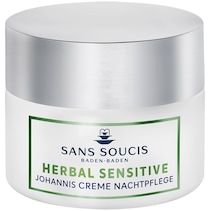
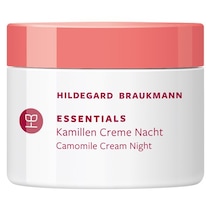
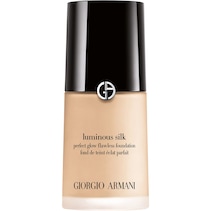
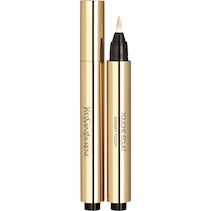
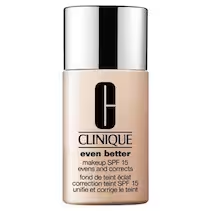
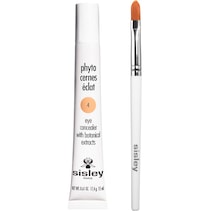

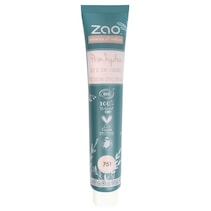
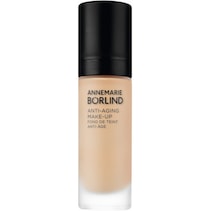
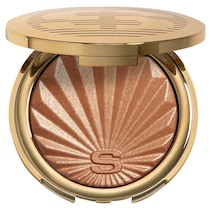
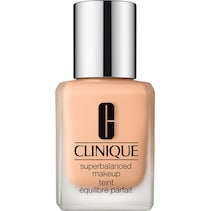
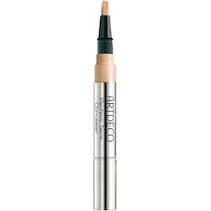
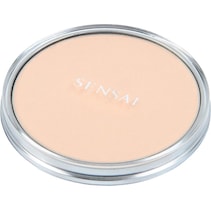

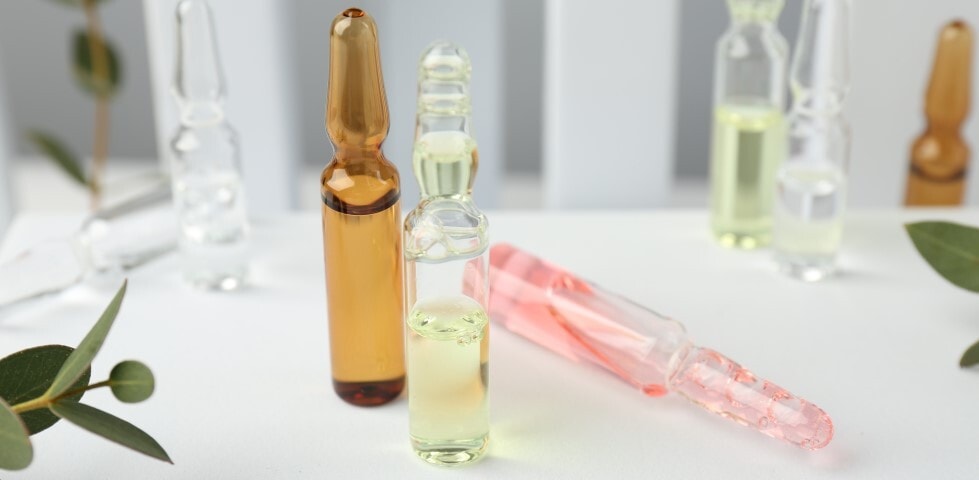
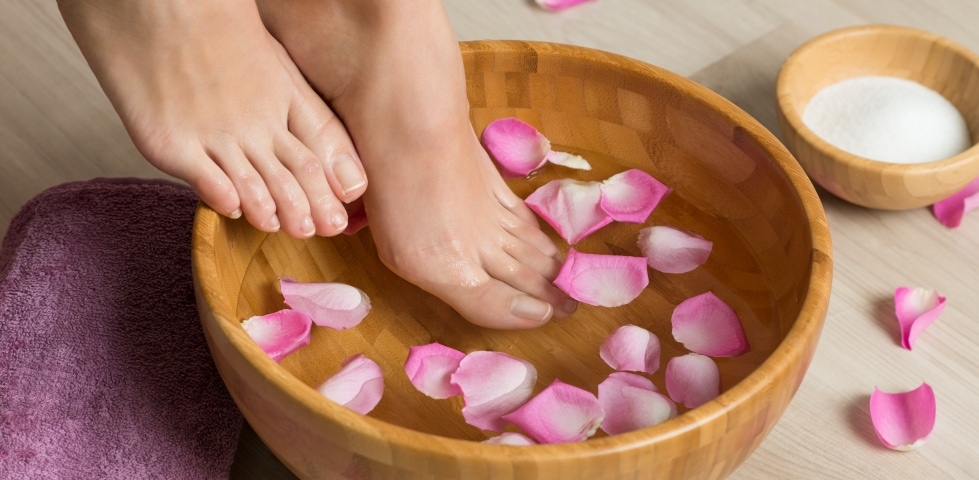
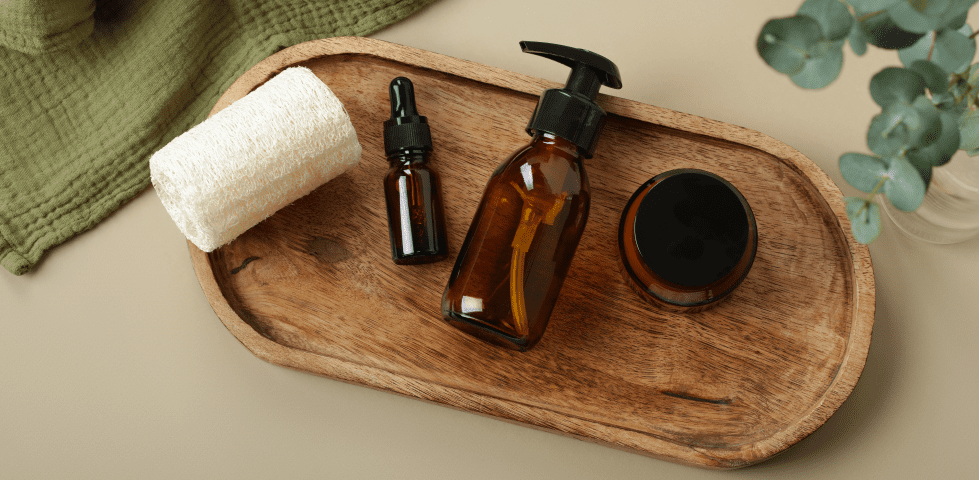












 Certified security
Certified security








